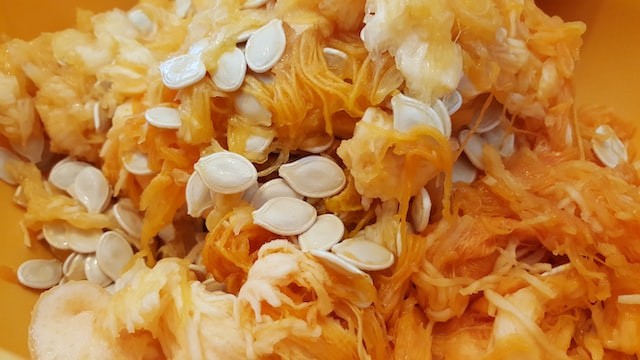The iconic but threatened Amami rabbit (Pentalagus furnessi) has been shown to play an important role in seed dispersal for non-photosynthetic plant Balanophora yuwanensis.
This discovery was made by Professor Suetsugu Kenji and graduate student Hashiwaki Hiromu of Kobe University's Graduate School of Science, and it sheds some light on the completely undiscovered environmental role of world's only dark-furred wild rabbit.
What is seed dispersal do?

Because plants cannot pick themselves up and move, they frequently require assistance in trying to spread their seeds.
Wind, water, gravity, ballistic, and animals are the primary means of seed dispersal, as per Kew.
Many plant species benefit from dispersal because the seeds are transferred to more favorable environments for growth.
Animals disperse seeds by eating and pooing them out.
Definite plant species, along with many trees, encase their seeds inside fleshy edible fruits which entice hungry animals.
Fruit-loving animals are known as frugivores.
Fleshy fruits are typically spread by animal consumption. Endozoochory refers to the process of dispersal by ingestion.
Amami rabbit disperses seeds
Previously, researchers had been perplexed regarding how the seeds of the non-photosynthetic, mushroom-like Balanophora plants, which contain some of the smallest fruits between angiosperms, have been dispersed, as per EurekAlert.
Suetsugu and Hashiwaki investigated the understory of dense forests on Amami-Oshima.
Using infrared-triggered cameras, they discovered that the Amami rabbit was the primary consumer of B. Yuwanensis fruit.
Furthermore, those Amami rabbit feces samples gathered in the field included at least some viable B. yuwanensis seeds, providing new evidence for the elusive rabbit species' role as a seed dispersal agent.
Balanophora yuwanensis is a host-specific obligate parasite, which also indicates that efficient seed transportation needs the seed to also be deposited near the roots of a compatible host.
The Amami rabbit could help with this by digging and defecating buried in burrows.
Amami rabbit acts as a seed dispersal agent for B. yuwanensis despite the fact that the plant tends to produce dry fruits, whilst seed dispersers are generally enticed by fleshy fruits.
This is significant because rabbits' potential role as seed dispersers has been largely overlooked due to their own diet, which also mainly consists of leaves instead of fruits.
What is the benefit of Endozoochory to plants?
The most significant advantage of seed dispersal via animal feces is distance.
Because the seeds are dispersed further away from the parent plants, they are carried to an environment with much less competition from parents and siblings, favorable light conditions, prevention of predators and pathogens, and the opportunity to colonize new habitats.
Another advantage is that certain seeds germinate more quickly after passing through the digestive system because digestion eliminates the physical layers or chemical substances that inhibit seed germination.
Seed dispersal via animal feces is classified as allochory, which means that the plant tends to rely on external entities for dispersal.
This is in contrast to autochory, which occurs when the plant disperses itself.
Poo dispersal is dependent on the survival of seed-eating animals in the ecosystem.
Another challenge that these plants face is that the seeds may not survive the physical and chemical processes of digestion.
Related Article: Bats Save US $1 Billion in Crop Damages By Eating Insects
© 2025 NatureWorldNews.com All rights reserved. Do not reproduce without permission.





